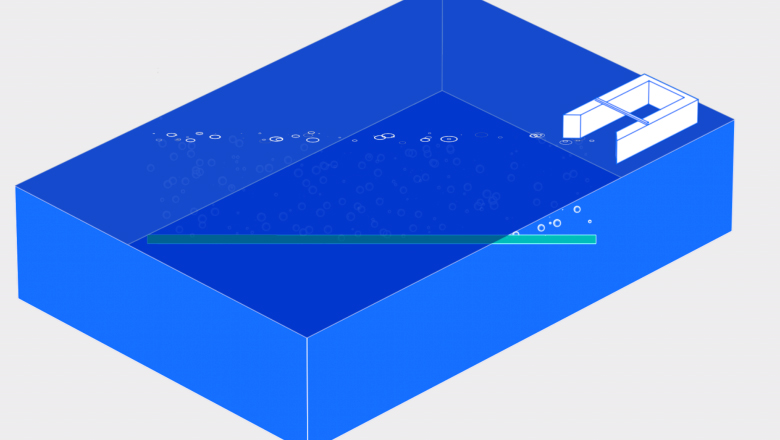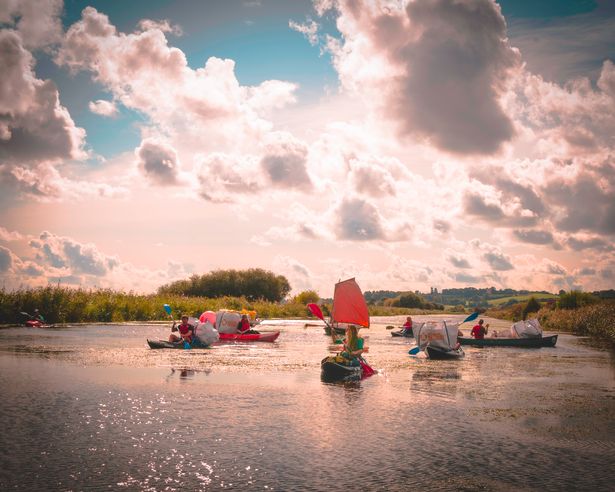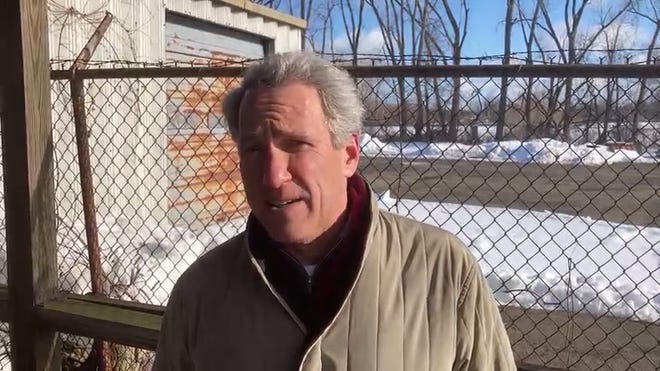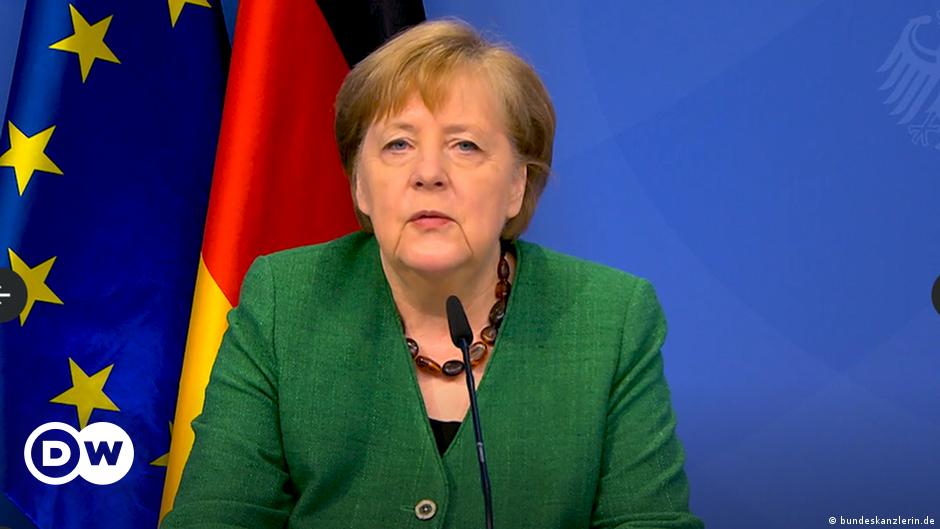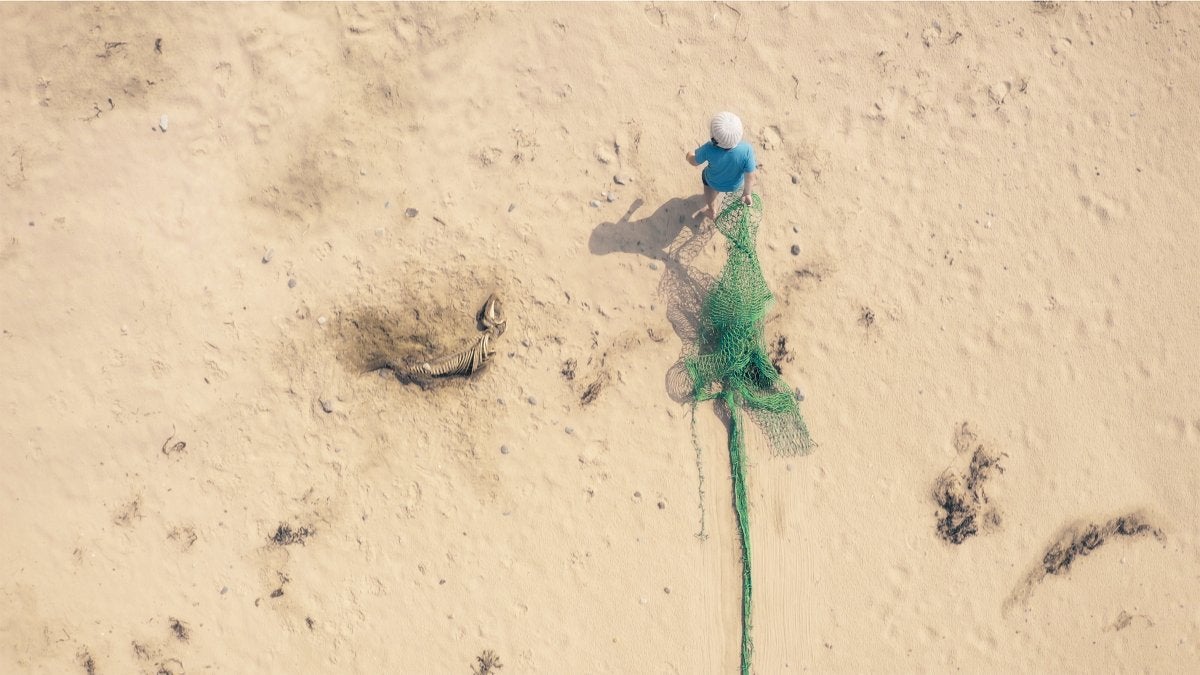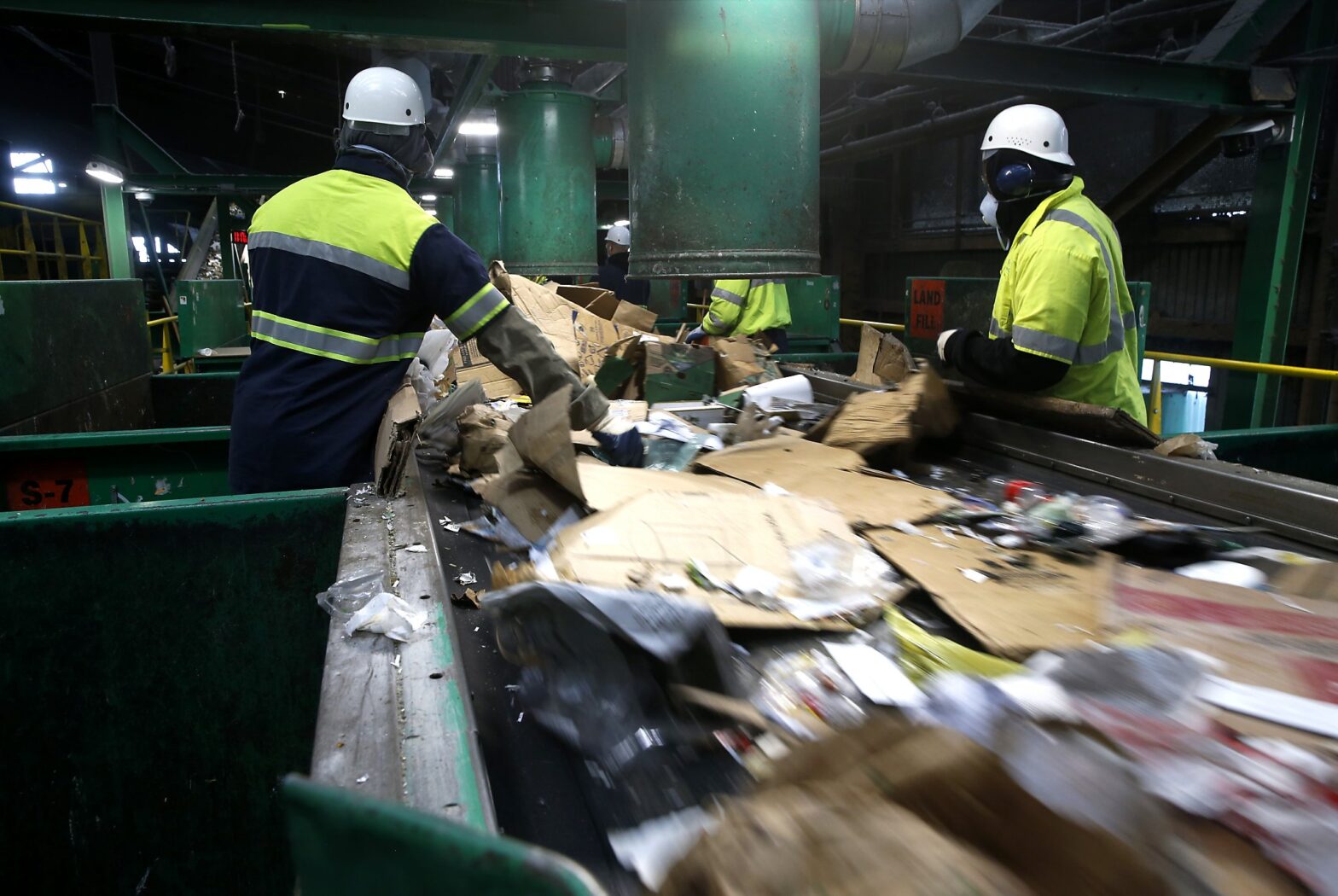“The Bubble Barrier” was developed as a simple way to stop plastic pollution flowing from waterways into the ocean. An air compressor sends air through a perforated tube running diagonally across the bottom of the canal, creating a stream of bubbles that traps waste and guides it to a catchment system. It traps 86% of the trash that would otherwise flow to the River IJ and further on to the North Sea, according to Philip Ehrhorn, co-founder and chief technology officer of The Great Bubble Barrier, the Dutch social enterprise behind the system.Commissioned by the municipality of Amsterdam and the region’s water authority, the Bubble Barrier was installed in October 2019 in under five hours. Ehrhorn says the idea is to catch plastic without having a physical barrier like a net or boom blocking the river, which could disrupt aquatic life or interfere with shipping.
#video_1623067282797{margin:20px 0;}
#video_1623067282797 video,#video_1623067282797 img{margin: 0; position: relative; width: 100%;}
.cap_1623067282797{-webkit-font-smoothing:antialiased;padding:0 0 5px 5px; font-size:16px; color:#595959;}
.cap_1623067282797:before{content:””;display: block;height: 1px;margin-top: 10px;margin-bottom: 10px;width: 80px;background-color: #C5C5C5;}
.cap_1623067282797 >span{color:#C5C5C5;}
Trash is lifted to surface, and guided to a catchment system.
#video_1623072222218{margin:20px 0;}
#video_1623072222218 video,#video_1623072222218 img{margin: 0; position: relative; width: 100%;}
.cap_1623072222218{-webkit-font-smoothing:antialiased;padding:0 0 5px 5px; font-size:16px; color:#595959;}
.cap_1623072222218:before{content:””;display: block;height: 1px;margin-top: 10px;margin-bottom: 10px;width: 80px;background-color: #C5C5C5;}
.cap_1623072222218 >span{color:#C5C5C5;}
To minimize noise, the compressor is located 50 meters away from the barrier, in a repurposed shipping container, and is powered by Amsterdam’s renewable energy.Ehrhorn says that while the bubble curtain can trap plastics down to 1 millimeter in size, the catchment system only retains objects that are 10 millimeters and larger. Small drifting aquatic life can get caught in the bubble curtain’s current, but with time is able to pass through the catchment system, according to Ehrhorn. He adds that an independent third party is currently assessing the movement of fish around the Bubble Barrier.’Like a jacuzzi’With a background in naval architecture and ocean engineering, Ehrhorn, who is from Germany, first conceived the Bubble Barrier when he spent a semester abroad in Australia, studying environmental engineering. At a wastewater treatment plant, he saw how oxygen bubbles were used to break down organic matter. “It was like a jacuzzi,” says Ehrhorn. “And what I noticed is that some of the plastic that people had flushed down the toilet was collecting in one corner.” This observation sparked his thesis and later the technology behind the Bubble Barrier. Unbeknownst to Ehrhorn, three Dutch women were working on the exact same idea in Amsterdam. Anne Marieke Eveleens, Saskia Studer and Francis Zoet were at a bar one evening discussing plastic pollution when they looked at the bubbles in their beer glasses and inspiration struck.By chance, a friend of Ehrhorn’s saw their pitch video for a competition inviting solutions for removing plastic from the environment. “We connected and found that we have the same vision and mission,” remembers Ehrhorn. “So I handed in my thesis and moved to the Netherlands the next day.” Together, the four turned a simple idea into a fully fledged Bubble Barrier pilot in the River IJssel. The plastic problemUp to 80% of ocean plastic is thought to come from rivers and coastlines. Ehrhorn says much of the plastic in Amsterdam’s Westerdok canal comes from trash bags that local residents leave outside their homes. If the bags tear, wind and rain can carry trash into the canal.Read: Could mealworms help solve our plastic crisis?Globally, 11 million metric tons of plastic waste flows into the oceans every year, where it can suffocate and entangle some aquatic species. Plastic debris less than five millimeters in length, known as microplastics, can also affect marine life. Often mistaken for food, microplastics are ingested and have been found in zooplankton, fish, invertebrates and mammalian digestive systems.Seabird conservation ecologist Stephanie B. Borrelle is the Marine and Pacific Regional Coordinator for BirdLife International. Her research on plastic pollution has found that even with “ambitious commitments currently set by governments,” we could release 53 million metric tons of plastic waste into the world’s freshwater and marine ecosystems by 2030. As a member of the Plastic Pollution Emissions Working Group, a team of self-described “scientists, policy wonks and conservation practitioners,” Borrelle has also researched the Bubble Barrier.”It was a really interesting one for us to look at, mostly because other types of barriers placed into aquatic environments can be a bit problematic in the way they interact with ecological functioning and animals moving through that system,” she says. Borrelle has some reservations about the technology; she questions how suitable the system would be for wide rivers and in developing economies, with a pump that needs continuous electricity and occasional maintenance, and she notes that heavy bits of plastic may not be lifted up by the bubbles. Read: How NASA technology can help save whale sharks — the world’s largest fish”Also, if you’ve got a large amount of traffic going through, that’s going to disrupt the plastic accumulation,” Borrelle says, adding that boats plowing through the barrier could potentially drag plastic along. “There are certain limitations, but as I see it, it’s an important part of the toolbox we have to address plastic that’s already in the environment,” she says. “The thing about plastic pollution is that there is no one single solution to fixing it. Once it’s in the environment, it’s about trying to get it from every angle you possibly can.”For the moment, the Great Bubble Barrier team works with Amsterdam’s water authority and the Plastic Soup Foundation NGO to analyze what kind of plastic has been caught and identify its sources, to help develop new policies around plastic waste.Amsterdam’s water authority empties the catchment system’s 1.8-meter by 2-meter basket three times a week. The contents are sent to a waste processor for sorting, and suitable materials are recycled. Ehrhorn says that the pandemic means they haven’t been able to quantify how much plastic the Bubble Barrier has caught to date.The startup, which is for-profit, plans to install more Bubble Barriers across the Netherlands, in Portugal and in Indonesia. It says the installation cost and energy use depends on the location and the flow of the river.Beyond keeping plastic from our oceans, the system could help change attitudes. Because the waste inside the catchment system is easily visible to passersby, Ehrhorn believes it helps people realize how much waste is ending up in our waterways; in this way, the barrier also acts as an educational tool to discourage waste and littering. “It concentrates on the trash that would otherwise flow off unseen and underwater even,” he says. “It literally brings to the surface, [that] which was otherwise never seen.” #video_1606835203041{margin:20px 0;}#video_1606835203041 video,#video_1606835203041 img{margin: 0; position: relative; width: 100%;}.cap_1606835203041{-webkit-font-smoothing:antialiased;padding:0 0 5px 5px; font-size:16px; color:#595959;}.cap_1606835203041:before{content:””;display: block;height: 1px;margin-top: 10px;margin-bottom: 10px;width: 80px;background-color: #C5C5C5;}.cap_1606835203041 >span{color:#C5C5C5;}@media(orientation:landscape){.video_1606835203041{display:block;}.Mvideo_1606835203041{display:none;}}@media(orientation:portrait){.Mvideo_1606835203041{display:block;}.video_1606835203041{display:none;}}
This story has been updated to correct the name of the River IJ and location of the IJsell.

